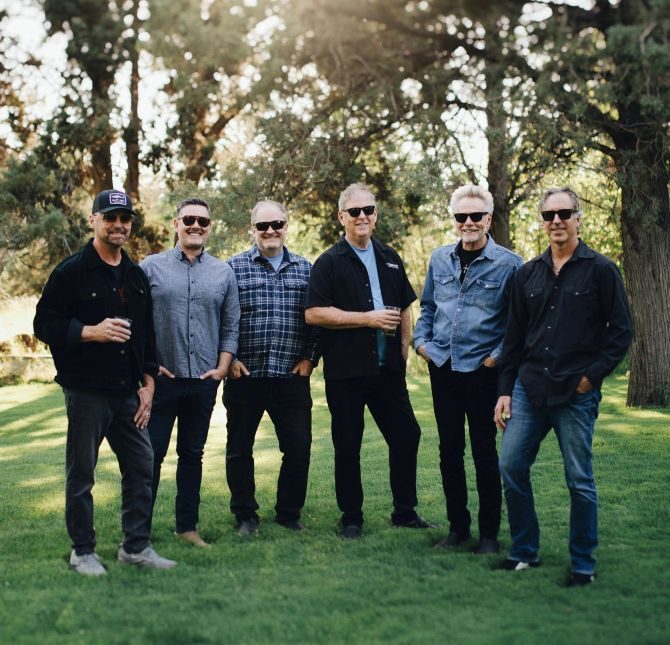With ‘Girlboss,’ Netflix embraces a Nasty Gal
Published 5:36 am Wednesday, April 26, 2017
When the screenwriter Kay Cannon started shopping around her new show — a comedy loosely based on the Nasty Gal founder Sophia Amoruso’s rise from dumpster-diving shoplifter to the e-commerce fashion queen of the early aughts — television executives requested some revisions.
Cannon was told not to name the show after the title of Amoruso’s best-selling memoir, “#GIRLBOSS,” because the “girl” part could be a turnoff to audiences. So, too, could other elements of the show. Like the lead character’s personality.
“It always comes down to this idea of the female lead having to be incredibly likable,” Cannon said. “I wanted to tell the story of a flawed woman that is not a fairy tale.”
With “Girlboss,” which debuts on Netflix on Friday, Cannon will try to slay the likability requirement, one that prevents writers from giving female characters the rough edges that make for the most interesting storytelling. And in Sophia (played by the “Tomorrowland” star Britt Robertson), the show is riffing off a real-life, flawed, female boss. Amoruso became the face of young female entrepreneurship, a position that attracted both outsize attention to and criticism of her business dealings. Her real-life story has grown even thornier in the lead-up to the series premiere.
“Girlboss” was born when Amoruso’s “#GIRLBOSS” — partly a memoir of her rise to success, partly a manifesto for inspiring other women to rise, too — landed in the hands of Charlize Theron. She optioned the book and brought it to Cannon, one of Hollywood’s most in-demand writers of female comedic characters.
Cannon made her mark as a writer and producer working for Tina Fey on “30 Rock,” where she was nominated for an Emmy, then on the Fox series “New Girl” and as the writer of the successful “Pitch Perfect” films. Along the way, she signed a development deal with 20th Century Fox TV. But when she and Theron refused to water down the “Girlboss” concept — or to ditch the title — television networks passed. Netflix snapped it up.
In the pilot, Sophia is a listless 23-year-old who is allergic to responsibility. She steals a sandwich from her boss and a rug from the side of the street. Only when she finds a cheap vintage jacket and decides to style it and flip it on eBay — the spark of what becomes a dizzyingly successful online fashion business — is she challenged to grow up.
“I wanted to be able to show how mad she was at the beginning,” Cannon said. “That’s a very real response when you’re lost, rudderless and don’t know what your life is about.” If the show had ended up on a network, “I don’t know if we would have been able to really capture that element,” she added. “If you find her off-putting at the beginning, you’re going to turn the channel.”
Netflix has emerged as an accommodating space for a show like “Girlboss,” partly because its binge-watching format allows creators a longer runway for developing characters and hooking an audience. But it’s also because Netflix is so hungry for original content — it plans to spend $6 billion this year on it and has recently adopted the slogan “There’s Never Enough TV.”
Robertson described creating the fictional Sophia as a balancing act. “I was told, ‘We need her to be tenacious, we need her to be passionate, we need her to be driven, and we need her to be smart and dumb and weird,’ and all of these things that make her appealing to audiences,” she said. “But she also has a very specific following, so we wanted to cater certain parts of the character to the audience that has followed her and supported her.”
Part of the challenge for Cannon in creating the character was that she was based on a colleague: Amoruso is an executive producer on the show. “Aaron Sorkin wasn’t hanging and having dinners with Mark Zuckerberg,” Cannon acknowledged, referencing “The Social Network.”
But she said that she was impressed by Amoruso’s openness about her own mistakes. Amoruso contributed styling advice, sometimes lending items from her own closet, and weighed in on anecdotal material from her past. “Beyond that, when there is a show being made about your life, it’s best to stay out of the way, because the last thing you want to be is the person meddling to preserve their reputation,” Amoruso said.
Amoruso’s story is developing even as the show debuts. Since “#GIRLBOSS” was published in 2014, Amoruso has stepped down as the chief executive of Nasty Gal, the company has filed for bankruptcy and it has been acquired by British retailer Boohoo. Amoruso no longer has ties with the company and instead has turned to making female success her business, starting a Girlboss website and holding rallies around female success. “Everyone involved in the show has been totally understanding of the fact that this is a real story of the ups and downs of someone who dared to do something larger than life,” Amoruso said. “And with that comes bumps in the road.”








